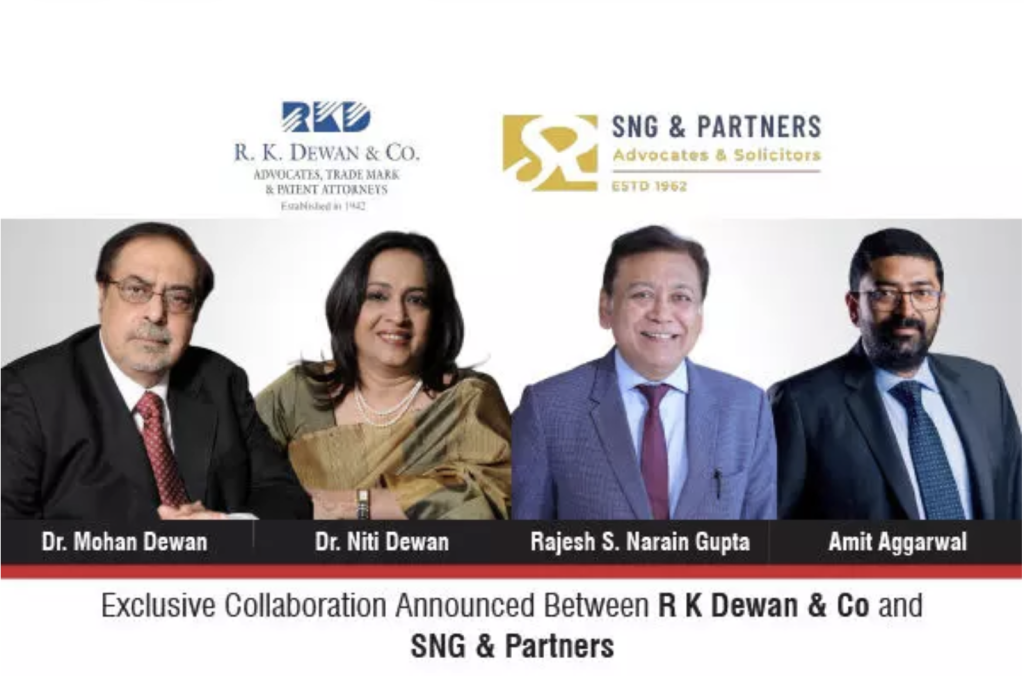By transforming illiquid assets into tradable instruments, securitisation facilitates improved asset management and contributes to financial stability apart from helping Indian banks to clean up their balance sheets and recover value from distressed loans.
Securitisation of stressed assets is a financial innovation allowing banks and financial institutions to convert non-performing or distressed loans into marketable securities. Securitisation of financial stressed assets such as vehicle loans, two-wheeler loans, microfinance loans and distressed corporate loans is largely undertaken in the industry. It involves the sale of non-performing assets (NPAs) by an originator to a Special Purpose Entity (SPE). Further, SPE issues securitisation notes / security receipts (SRs) to the investors. SPE can be set up in the form
of Company or trust or society or limited liability partnership or any other distinct entity and is generally constituted as a trust in India.
Investors are paid by SPE, based on the recovery from underlying assets according to the waterfall mechanism, which depends on the seniority of the tranches. Investors include institutional investors hedge funds, and high-net-worth individuals. A servicing agent is appointed to manage the underlying assets, collect payments, and distribute them to investors. Continuous monitoring of the performance of securitised assets is essential to ensure timely payments and mitigate potential losses.
Securitisation process helps institutions manage risk, improve liquidity, and free up capital for new lending. By transforming illiquid assets into tradable instruments, securitisation facilitates improved asset management and contributes to financial stability. Also, it helps Indian banks to clean up their balance sheets and recover value from distressed loans.
Regulatory Framework
Currently, the Reserve Bank of India (RBI) has issued the framework for Securitization of Standard Assets (SSA) in September 2021 which is silent on the securitisation of NPAs. As on date, there is no corresponding mechanism for securitisation of NPAs through the SPE route.
The Securitisation and Reconstruction of Financial Assets and Enforcement of Security Interest Act, 2002 (SARFAESI) does provide for securitisation of NPAs but such securitisations have to be undertaken by Asset Reconstruction Companies (ARCs) licensed under the Act, in terms of the specifically laid down statutory/regulatory norms. RBI proposes to introduce a framework for securitisation of stressed assets in addition to the ARC route, similar to the framework for SSA and has issued a discussion paper on securitization of stressed assets framework
(“Discussion Paper”) in January 2023.
Pursuant to the Discussion Paper, the following key points are important for our understanding:
1. Coverage of financial assets: whether both retail and wholesale loans should be covered within the ambit of these regulations.
2. Coverage of Stressed assets: whether only NPAs should be covered or even standard assets should be included as there is already an existing framework for securitization of standard assets. The government mentioned in the budget that it will extend credit support through a credit guarantee from government supported fund to special mention accounts of MSMEs.
3. Minimum Risk Retention: whether minimum risk retention should be removed altogether as the originator intends to remove such assets from their books of account in entirety.
4. Role of Resolution Manager: whether separate resolution manager is to be appointed for resolution, recoveries of stressed assets and would these securitisation guidelines be linked to the provisions of the Insolvency and Bankruptcy Code, 2016.
In a more recent development, the Securities and Exchange of Board of India (SEBI) has introduced Special Situation Funds, a sub-category under Category I AIF, which shall invest only in ‘stressed assets’ such as (i) stressed loans available for acquisition in terms of RBI (transfer of loan exposures) directions; (ii) Security Receipts issued by ARC; (iii) Securities of Companies in distress; (iv) any other asset / security as may be prescribed by SEBI.
Challenges and Risks faced while undertaking Securitisation transaction:
1. Accurate valuation of stressed assets is a challenging task due to their distressed nature. Incorrect valuations can lead to mispricing of
securities and potential losses for investors.
2. Securitisation involves complex legal and regulatory considerations that vary across jurisdictions. Compliance with these regulations is
crucial to ensure the legality and success of the transactions.
3. The Securitisation Directions and Transfer Directions require transaction documents to be executed on an arm’s-length basis. Therefore,
investors should not impose onerous obligations on the originator or facility providers.
4. The stamp duty payable in states which have a nexus to the transaction may be higher than what the originator is willing to bear. Since, underlying assets are stressed assets, poor servicing can be expected which can lead to increased defaults and losses, undermining the benefits of securitisation.
Conclusion:
Securitisation of stressed assets is a powerful financial tool that helps banks and financial institutions manage risk, improve liquidity, and free up capital for new lending, also saves litigation costs and provisioning requirements. While the process offers significant benefits, it also poses challenges related to asset valuation, investor appetite, legal documentation, stamp duty implications and regulatory compliance. Effective securitisation requires robust legal and regulatory frameworks, transparent disclosure practices, and diligent asset management. With the continuing need for liquidity by financial institutions, the growing appetite of investors and the developments on the regulatory
front, securitisation is an important tool available to the lending institutions.
The RBI’s 2021 circular on “Prudential norms on Income Recognition, Asset Classification and Provisioning pertaining to Advances – Clarifications” has made upgrading NPA accounts to standard assets more stringent. This has led to an increase in NPA numbers and highlights the need for a framework to deal with the securitisation of NPAs or secondary market for NPAs. The RBI’s Discussion Paper aims to address this need by proposing a framework similar to that for standard assets. If the purpose of such framework is the resolution of NPAs, it is better to strengthen resolution mechanisms by modifying the Insolvency and Bankruptcy Code, 2016 and SARFAESI. By addressing these challenges, it can develop the market to bolster investor and assignee confidence and appetite for securitisation and assignments across asset segments.
– The authors of this article are Sweta Mehta, Associate Partner, and Saloni Shah, Associate at SNG & Partners.



